- Sep 22, 2013
- 4,956
- 250
- 85
The marketing of the popular 'Adam and Eve' centric American cosmopolitan figurine-dolls Barbie and Ken signifies a human appreciation of lifestyle-themed toys and crafts for kids.
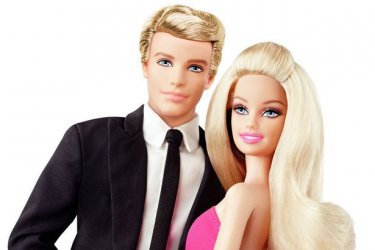
Perhaps it was old-world Adam-and-Eve stories like Romeo and Juliet, Samson and Delilah, and Tristan and Isolde that revealed a humanity-focus on the experience of being married. Perhaps it is the new age psychological dramas about intriguing couples such as Bonnie and Clyde, Superman and Wonder Woman, and Ike and Tina Turner that remind us of the special interest in relationship-themed storytelling.
Whatever is the exact 'lineage,' the Barbie-Ken doll line is a craftsmanship achievement for toy-culture and for consumerism as well.
For our new age of consumerism-explosion (e.g., Wall Street, eBay, European Union, etc.), we might consider how relationship-themed, domesticity-themed, and lifestyle-themed toys supply us with a timeless interest in 'Utopian imagination,' so how should we 'cater' to such craftsmanship consciousness and artisanship psychology?
I posted this thread, because I became curious about figurine folklore and gender-related toy marketing after watching the doll-exorcism film Annabelle.
Will consumerism change archaeology, art, and even storytelling?
Personally, I'm a big fan of the Toy Story franchise and believe there's something timeless about 'dollhouse imagineerings' such as The Nutcracker.
====
A Christian missionary named Magnus was travelling across times through a special magical portal opened up by a powerful wizard for him. Magnus arrived first in the Medieval Ages and discovered a war-torn region in Germania in which a romantic and daring couple named Slade and Roxanne were trekking across the land trying to help villagers defend themselves from the intrusive presence of barbarians. Magnus realized that Slade and Roxanne represented a real sincere interest in 'settlement defense.'
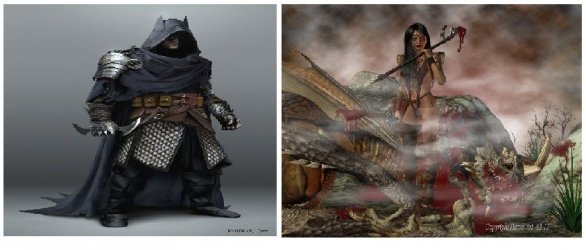
Magnus then travelled to 1900s Romania and discovered that a princess named Snow was being stalked by a blade-wielding menace named Jason who wore a gruesome mask and prowled around Transylvania in the moonlight. Magnus wanted to reach out and help Snow deal with Jason or at least help her avoid him, but he quickly discovered that anyone who got in Jason's way became a terrible blood-victim. Magnus concluded that Snow and Jason symbolized a 20th Century fear about the divisions between men and women.
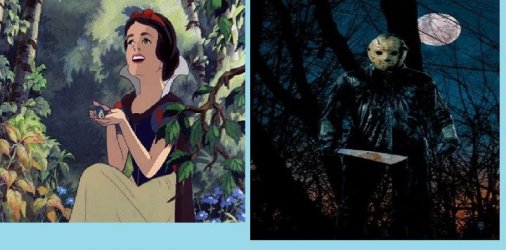
Magnus finally arrived in modern-day Los Angeles and discovered that an idealistic young rookie cop named Brad was chasing two demonic Halloween criminals (a married couple!) modelling themselves after comic book characters (Joker and Harley Quinn). Brad believed 'Joker and Harley Quinn' intended to pervert basic pedestrian optimism by preying on people's fears about consumerism every Halloween. As Magnus prepared to return to his own time (pre-Medieval Europe), he wondered if the evolution of Adam and Eve meant a real focus on the disenchantment between men and women.
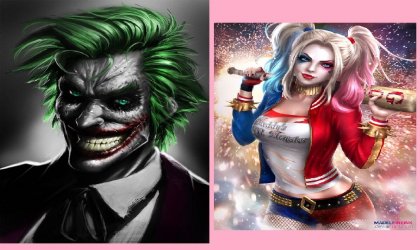
====
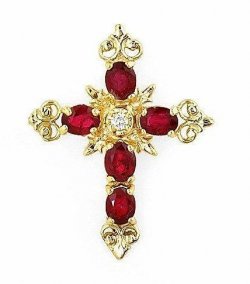

Perhaps it was old-world Adam-and-Eve stories like Romeo and Juliet, Samson and Delilah, and Tristan and Isolde that revealed a humanity-focus on the experience of being married. Perhaps it is the new age psychological dramas about intriguing couples such as Bonnie and Clyde, Superman and Wonder Woman, and Ike and Tina Turner that remind us of the special interest in relationship-themed storytelling.
Whatever is the exact 'lineage,' the Barbie-Ken doll line is a craftsmanship achievement for toy-culture and for consumerism as well.
For our new age of consumerism-explosion (e.g., Wall Street, eBay, European Union, etc.), we might consider how relationship-themed, domesticity-themed, and lifestyle-themed toys supply us with a timeless interest in 'Utopian imagination,' so how should we 'cater' to such craftsmanship consciousness and artisanship psychology?
I posted this thread, because I became curious about figurine folklore and gender-related toy marketing after watching the doll-exorcism film Annabelle.
Will consumerism change archaeology, art, and even storytelling?
Personally, I'm a big fan of the Toy Story franchise and believe there's something timeless about 'dollhouse imagineerings' such as The Nutcracker.
====
A Christian missionary named Magnus was travelling across times through a special magical portal opened up by a powerful wizard for him. Magnus arrived first in the Medieval Ages and discovered a war-torn region in Germania in which a romantic and daring couple named Slade and Roxanne were trekking across the land trying to help villagers defend themselves from the intrusive presence of barbarians. Magnus realized that Slade and Roxanne represented a real sincere interest in 'settlement defense.'

Magnus then travelled to 1900s Romania and discovered that a princess named Snow was being stalked by a blade-wielding menace named Jason who wore a gruesome mask and prowled around Transylvania in the moonlight. Magnus wanted to reach out and help Snow deal with Jason or at least help her avoid him, but he quickly discovered that anyone who got in Jason's way became a terrible blood-victim. Magnus concluded that Snow and Jason symbolized a 20th Century fear about the divisions between men and women.

Magnus finally arrived in modern-day Los Angeles and discovered that an idealistic young rookie cop named Brad was chasing two demonic Halloween criminals (a married couple!) modelling themselves after comic book characters (Joker and Harley Quinn). Brad believed 'Joker and Harley Quinn' intended to pervert basic pedestrian optimism by preying on people's fears about consumerism every Halloween. As Magnus prepared to return to his own time (pre-Medieval Europe), he wondered if the evolution of Adam and Eve meant a real focus on the disenchantment between men and women.

====

